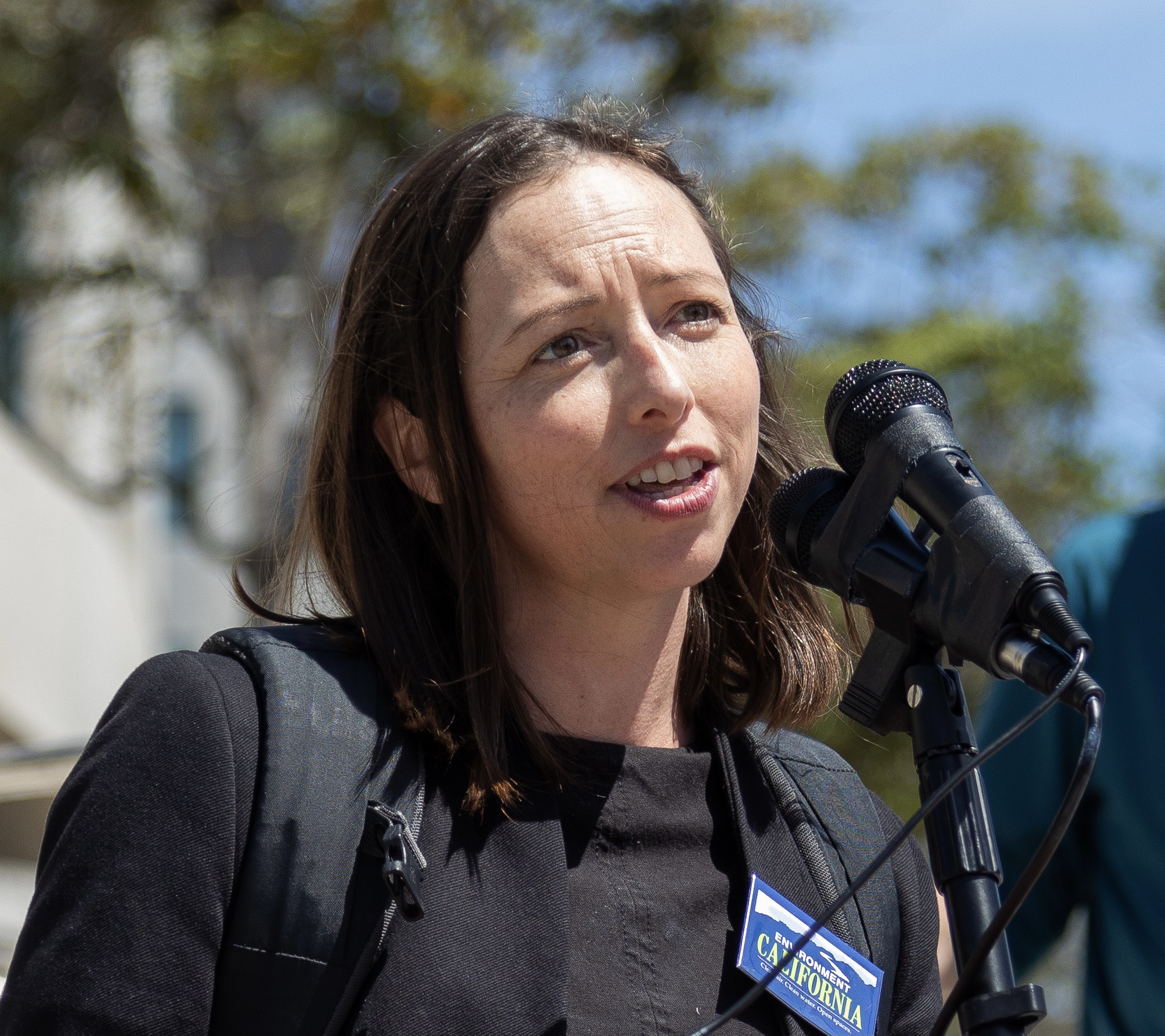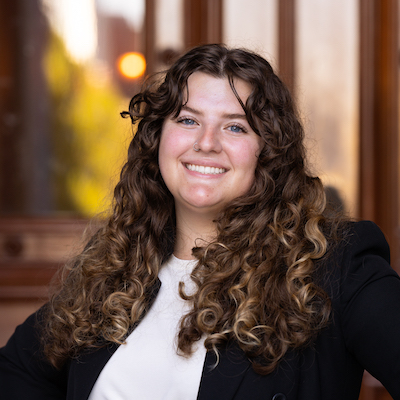
A sea turtle tour to protect California’s coast
Why we brought our sea turtle down the PCH to talk about ocean conservation
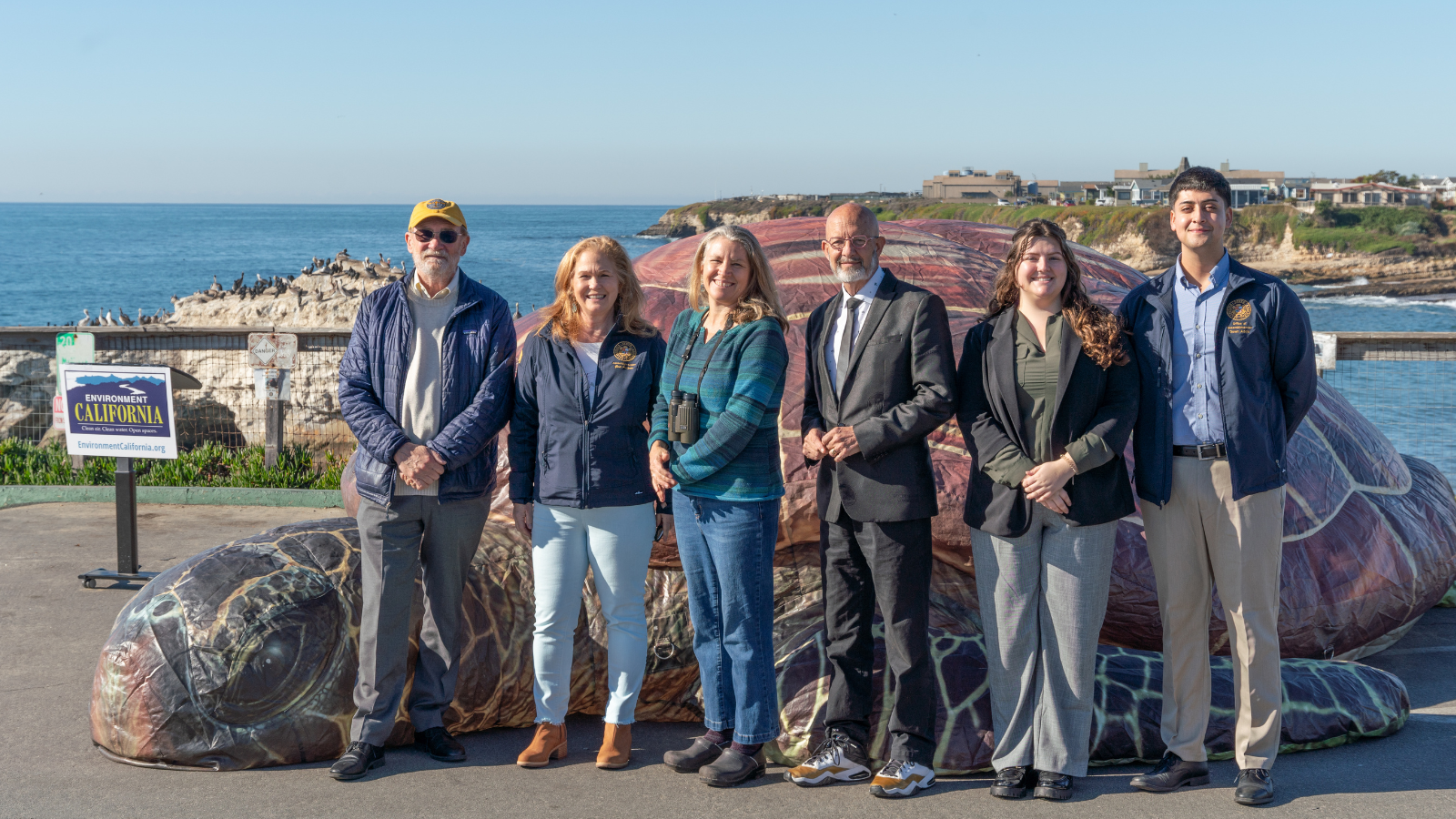
As I made my way down the Pacific Coast Highway last week, I marveled at California’s breathtaking coastline, stretching from Santa Cruz to San Diego. It was a fitting backdrop for my trip: I was driving down the coast with Tizzy, our 30-foot inflatable sea turtle who has long served as an ocean ambassador at Environment California’s press conferences.
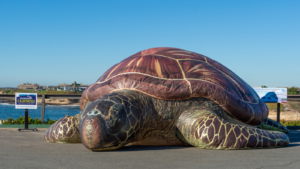
Tizzy, our 30-foot inflatable sea turtle, basking in the sun near a Santa Cruz beachPhoto by Chris Blossom Media | Used by permission
Our mission this time: to build a buzz about a new, exciting opportunity to protect more of the stunning California coastline that I could see out my car window–and the sea life that calls it home.
California’s coastline is famous, but it is also at risk: from a 95% decline in Northern California’s kelp forests since 2014 to rising ocean temperatures leading to marine heatwaves, the amazing vistas are not guaranteed to stay a welcoming home for the whales, sea otters, seabirds and more that visit our shores every year. To keep California’s coast vibrant, a decade ago, state decisionmakers turned to a tried and true tool of conservation: protecting habitats important to ocean life. Just like national parks, marine protected areas (MPAs) are places where destructive human activities are prohibited, creating a refuge for ocean life. Globally, we know these MPAs can restore fish populations, protect endangered species and build resilience in the face of climate change.
But still, this network covers only 16% of state waters–far below the 30% scientists say we need to truly recover ocean health. What’s worse: only 12% of our state waters are covered by strongly protected areas known to be effective at conserving ocean life.
That’s why, at the end of November, Environment California Research & Policy Center, along with our partners at Azul, submitted proposals to the state that would better protect our state’s healthy, stable kelp forests and strengthen protections for habitats at risk. (You can read more about the proposal to help our kelp here). These proposals would not only help our state’s sea otters, seals and fish by keeping their homes safe. It will also move us closer to the state’s goal of achieving 30% conservation by 2030. To raise awareness and build support for both proposals, Tizzy and I drove down the coast joining up with elected officials, scientists and students to highlight the special ocean places that stand to benefit from new protections. Our tour was timed to come ahead of the Fish and Game Commission meetings in San Diego on December 13 and 14. This meeting was the first time the Commissioners, who will ultimately decide on whether to implement our proposals, had a chance to see our ideas, and we wanted to make sure they could see the public support and need for action.
Here are some of my highlights from each stop on my press tour with Tizzy:
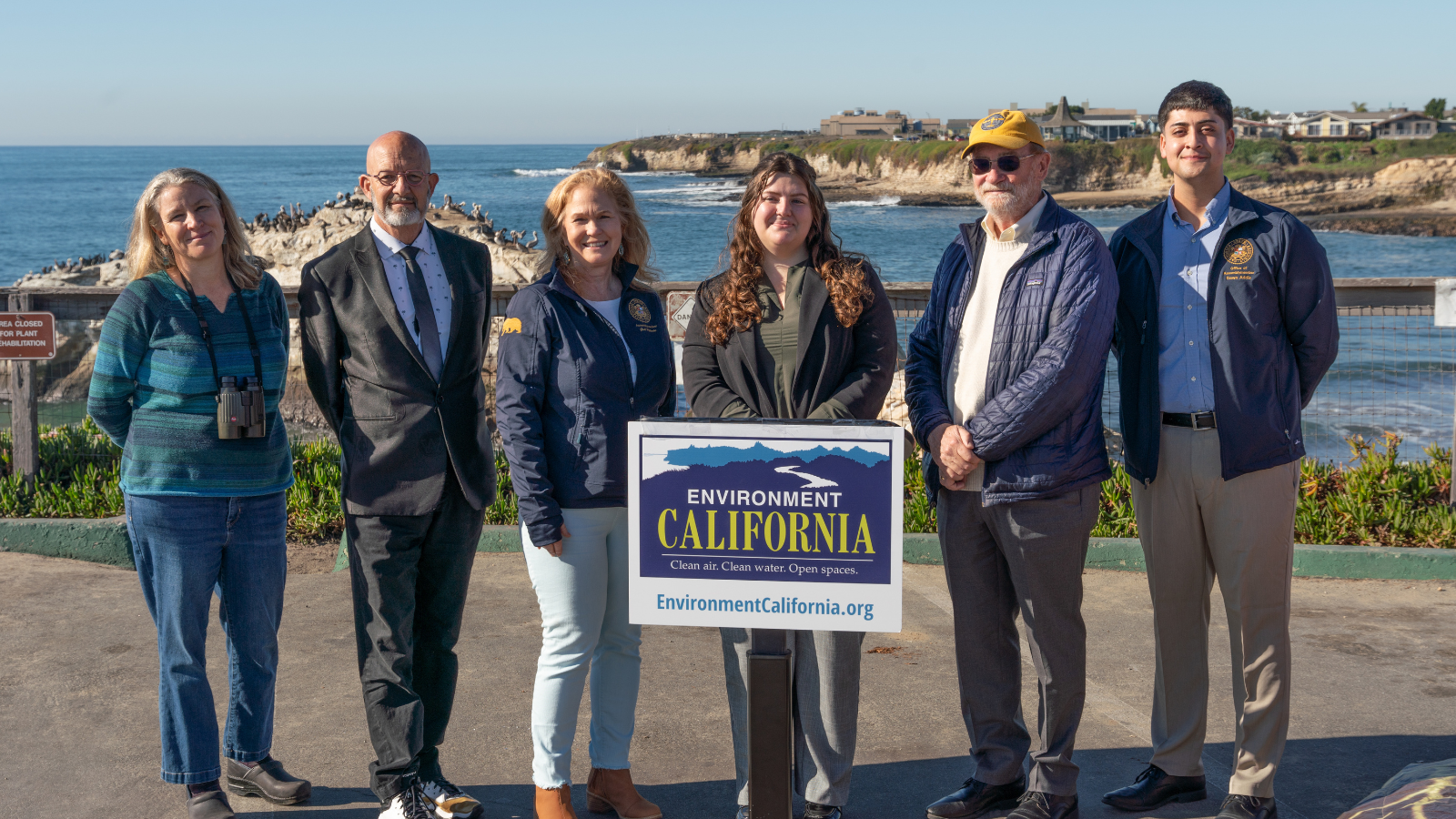
The journey commenced in Santa Cruz, where I was joined by State Senator John Laird, State Assemblymember Gail Pellerin, and Santa Cruz Mayor Fred Keeley. During the press conference, they shared California’s rich history of leadership in ocean conservation, emphasizing the significance of the coast for local communities.
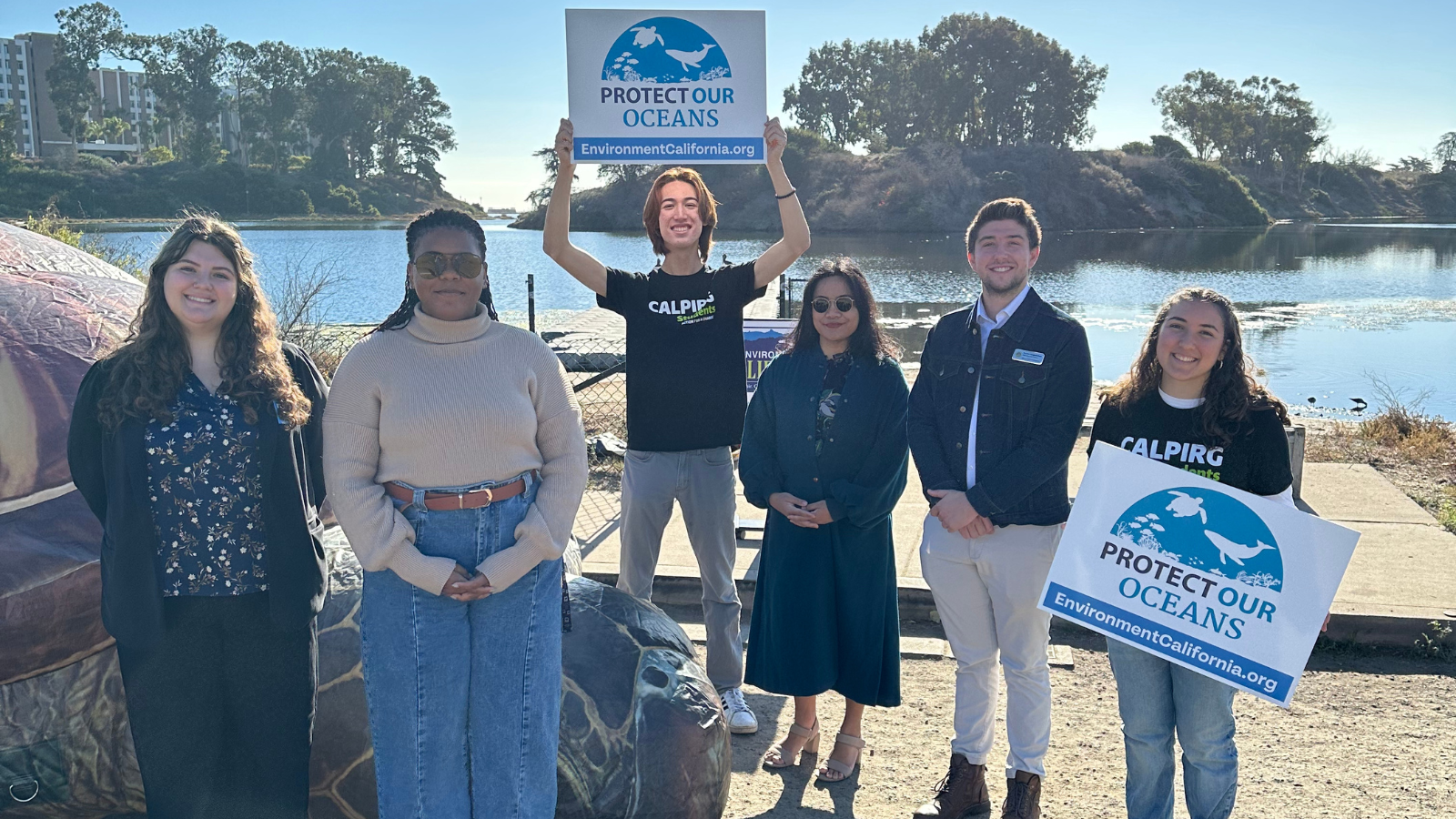
Moving down the coast to Santa Barbara, our speakers shared their support for ocean conservation from different perspectives. Azsha Hudson from the Environmental Defense Center highlighted their petition to strengthen the Anacapa State Marine Conservation Area, which will preserve more of the essential local eelgrass habitat needed for California’s spiny lobsters. Michelle Sevilla, a staff member of State Assemblymember Steve Bennett, highlighted the assemblymember’s goals of preserving Santa Barbara’s beaches and wildlife, allowing his constituents to enjoy them for generations to come. CALPIRG student Sierra Ferrante from UCSB discussed why young people deserve a voice in conversations around coastal protections. This event highlighted the collaborative efforts necessary to address the challenges facing California’s ocean ecosystems.
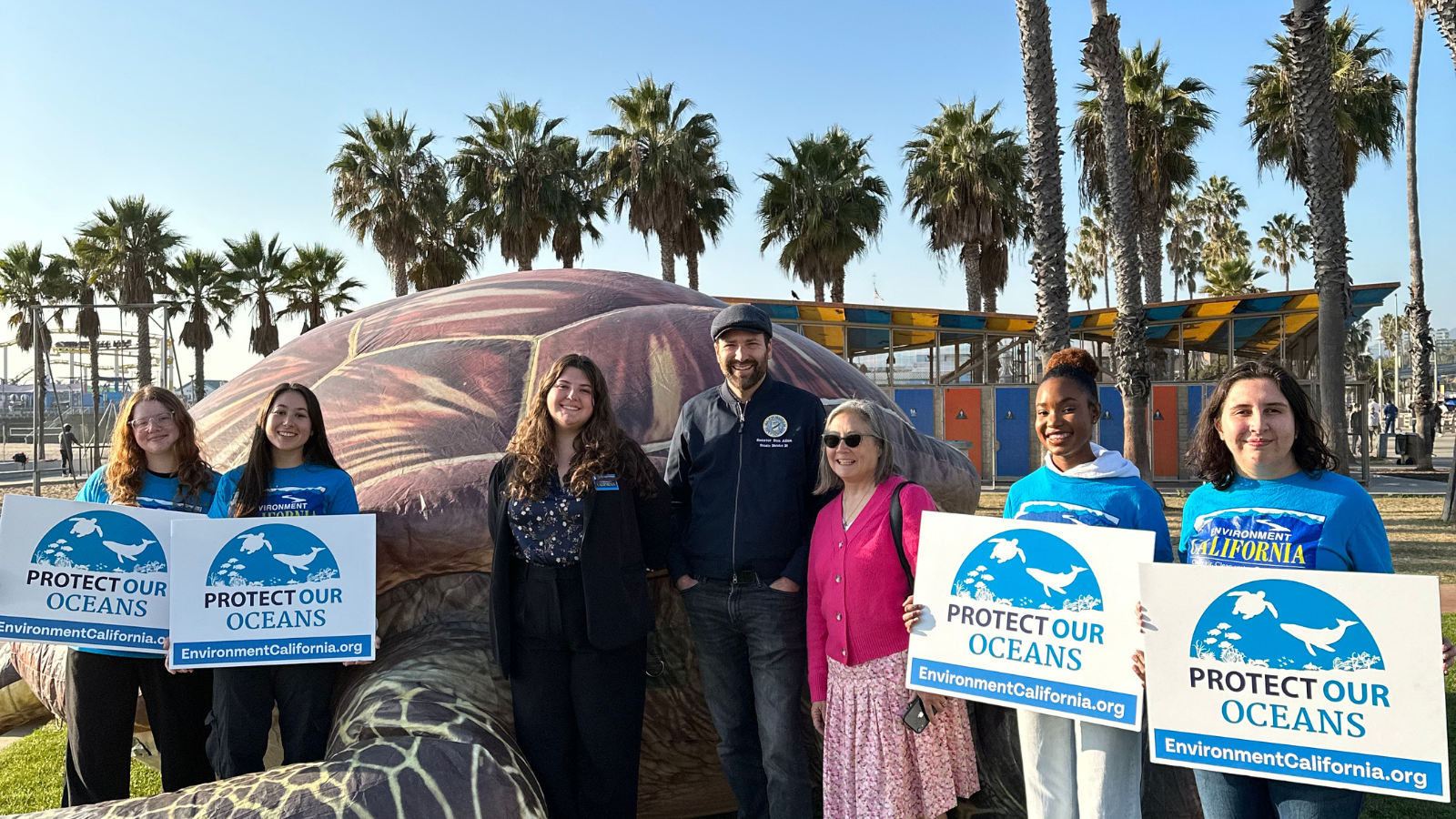
In Santa Monica, we focused on local action, with Mayor Gleam Davis and State Senator Ben Allen addressing the press, emphasizing the interconnectedness of protecting key ocean habitats with the well-being of ocean life and the communities that depend on them. CALPIRG student Jennifer Gonzalez-Espinoza highlighted how Santa Barbara students want to preserve their local beaches, not just for the wildlife, but for the recreation and solace students find there.
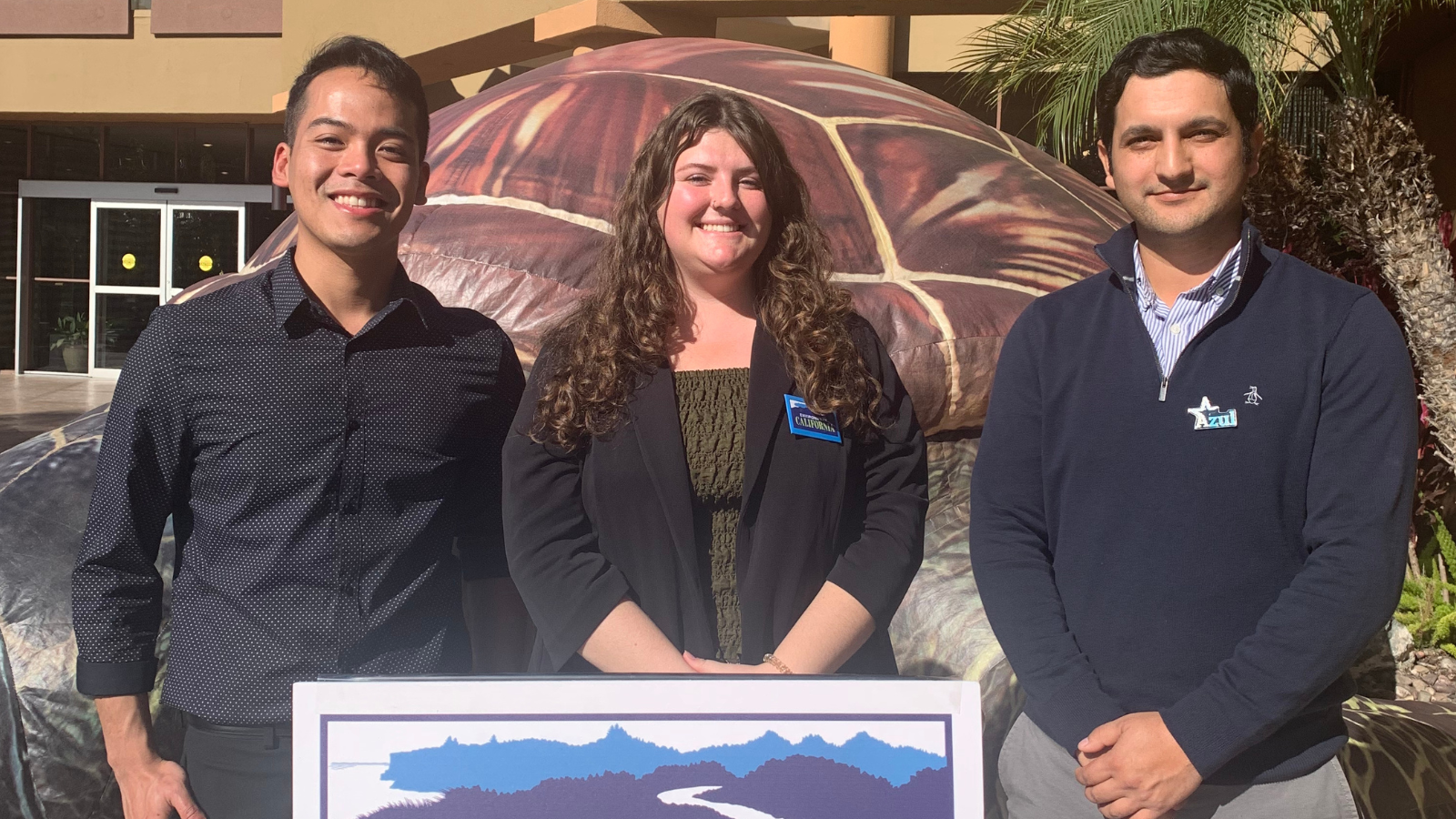
The press tour culminated in San Diego, where speakers Tomas Valadez from Azul, Rob Vergara from the Natural Resource Defense Council and I shared our insights into the alarming decline of healthy ocean habitats. We discussed how each of the proposals put forward by our organizations will better preserve the habitats and food sources for California’s ocean critters. My own speech underscored the importance of our proposed expansion to the nearby Cabrillo State Marine Reserve, which would protect 15.3 additional square miles of San Diego’s coastline chock full of kelp, helping to preserve the homes of the sea lions, sharks, and fish that live there. But we aren’t the only ones submitting proposals for new protections: Rob announced proposals to create a new State Marine Conservation Area off the coast of Carpinteria, which would preserve juvenile white shark territory, as well as a new State Marine Reserve around Point Sal, which further provides habitat and food for seals, sea otters, sea lions, humpback whales, and gray whales. Tomas highlighted how safeguarding California’s coastal ecosystems mattered to local communities that share deep connections to the ocean.
Our San Diego press conference was held right outside the Fish and Game Commission meeting, where Commissioners reviewed and heard public comments on the proposals that were submitted to alter California’s network of marine protected areas. Both Tomas and I were able to give testimony in support of Environment California Research & Policy Center and Azul’s joint proposal to strengthen California’s ocean protections.
When it was my turn, I reflected on how much had changed in the decade since our state MPAs had been established, with dramatic impacts from climate change, increased pollution, and new scientific research over the past decade.
But Tomas’s testimony really drove home the message of the whole tour: that we, as Californians, have a responsibility to act now for our ocean: “These petitions, rooted in science and community collaboration, advocate for the establishment of Marine Protected Areas that not only preserve biodiversity but also reflect the shared responsibility we have for our oceans. Together, we strive to create a legacy of conservation that ensures the well-being of marine life and the communities that rely on the health of our coastal waters.”
As the California Fish and Game Commission prepares to review these proposals, there is a unique opportunity to solidify the state’s commitment to ocean conservation. The goal of achieving 30% conservation by 2030 is within reach, and with concerted efforts, California can continue to lead the way in protecting its coastal treasures.
After my tour of the coastline with Tizzy, and my conversations with passionate community leaders, scientists and students, I am hopeful that our state leaders will choose this bright path toward a healthy, more protected ocean. If they d o, future trips down the PCH will survey an ocean full of life–a legacy that lives up to the grandeur of the vistas we are so lucky to view from the road.
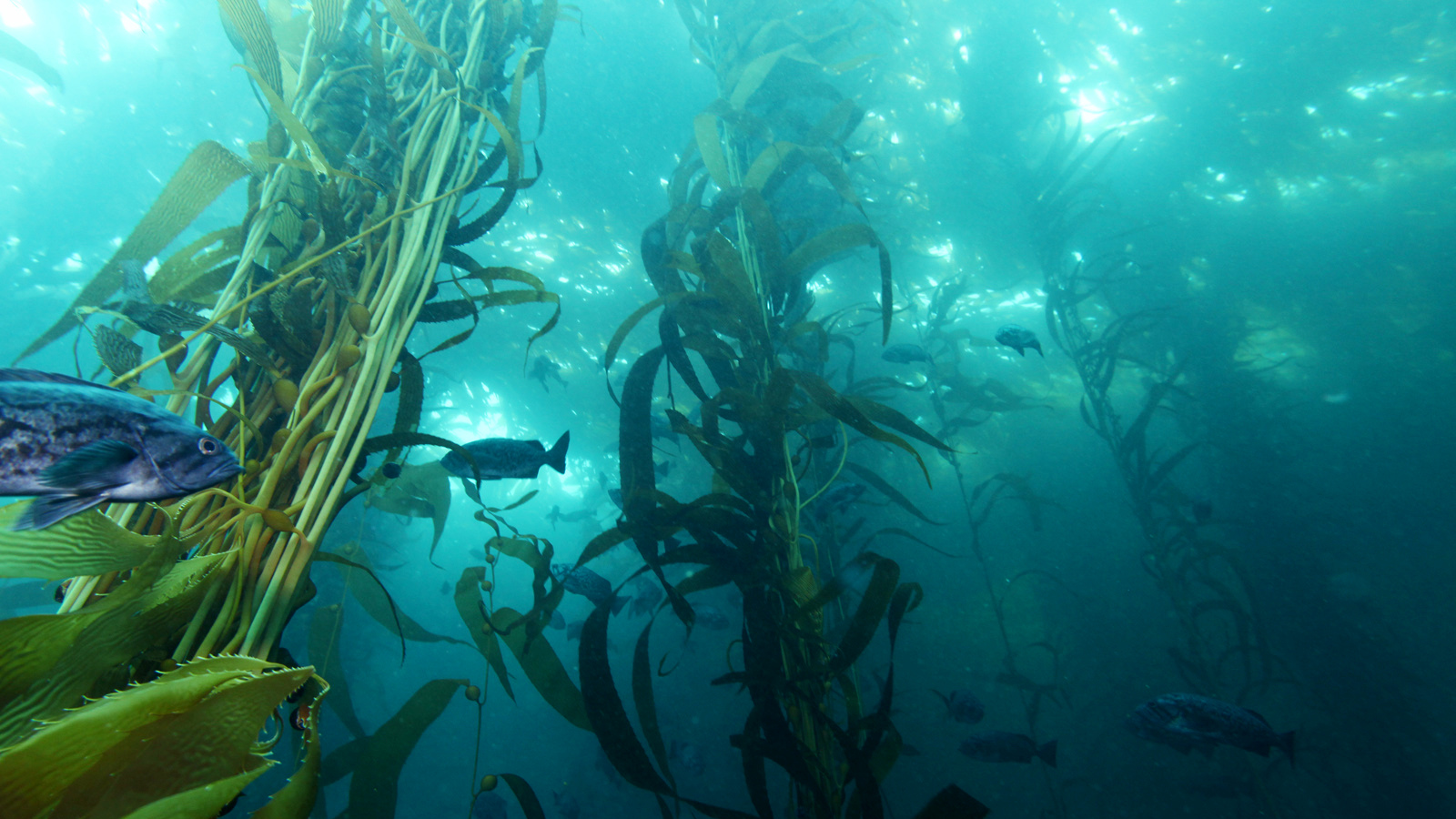
Help California’s kelp forests
Topics
Authors
Rachel Lucine
Ocean Conservation Campaign Associate, Environment California
Rachel directs Environment California's campaigns to protect our oceans. She was an intern with Environment California for a year before joining staff full-time. Rachel works to protect and preserve the diverse species and habitats found off of California's coasts. Rachel lives in the Bay Area, where she enjoys reading, camping, hiking and learning new recipes.
Laura Deehan
State Director, Environment California Research & Policy Center
Laura directs Environment California’s work to tackle global warming, protect the ocean, and stand up for clean air, clean water and open spaces. Laura served on the Environment California board for two years before stepping into the state director role. Most recently, she directed the public health program for CALPIRG, another organization in The Public Interest Network, where she led campaigns to get lead out of school drinking water and toxic chemicals out of cosmetics. Prior to that, Laura ran Environment California citizen outreach offices across the state and, as the Environment California field director, she led campaigns to get California to go solar, ban single use plastic grocery bags, and go 100 percent renewable. Laura lives with her family in Richmond, California, where she enjoys hiking, yoga and baking.
Find Out More
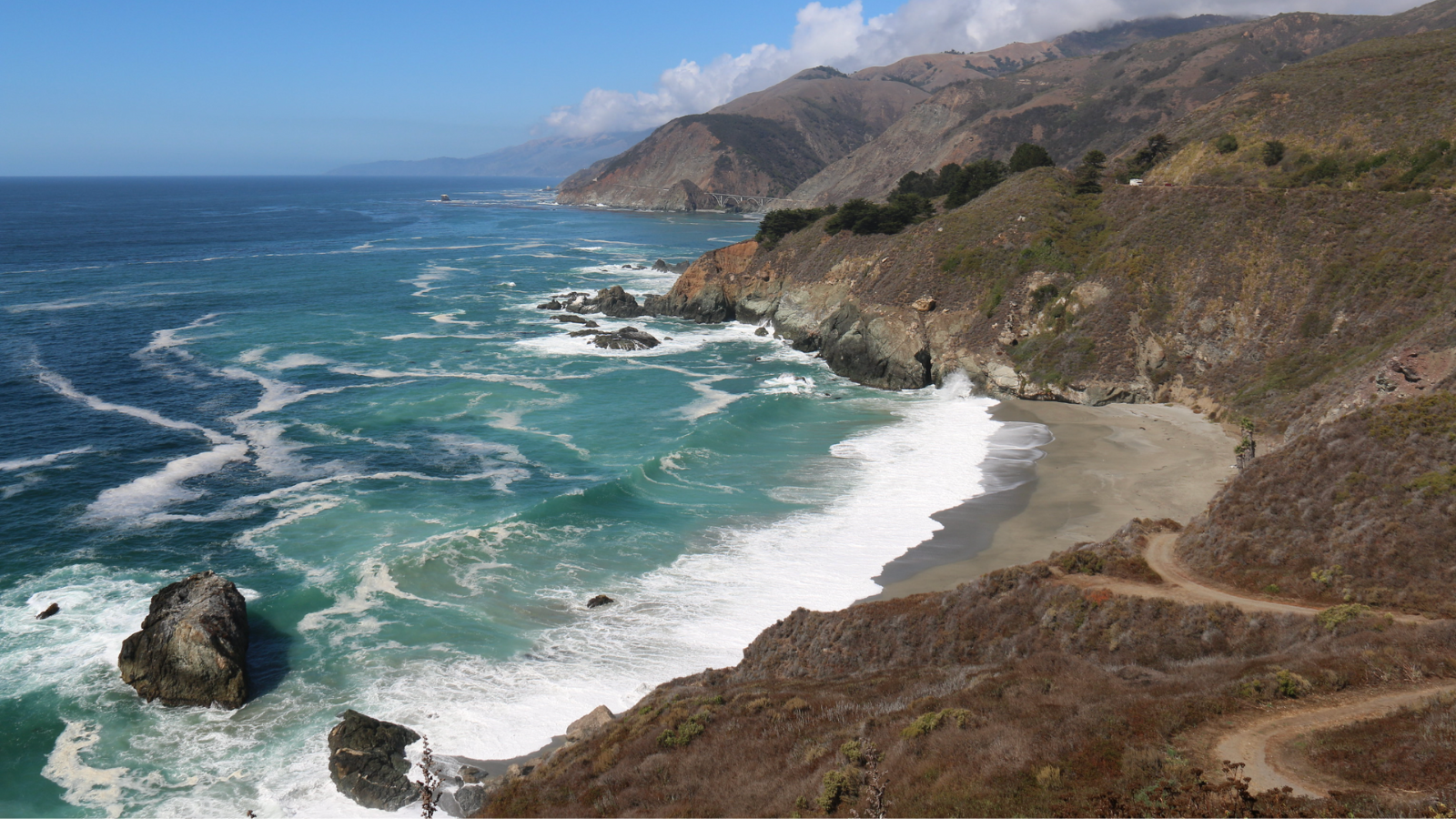
California’s ocean life is threatened
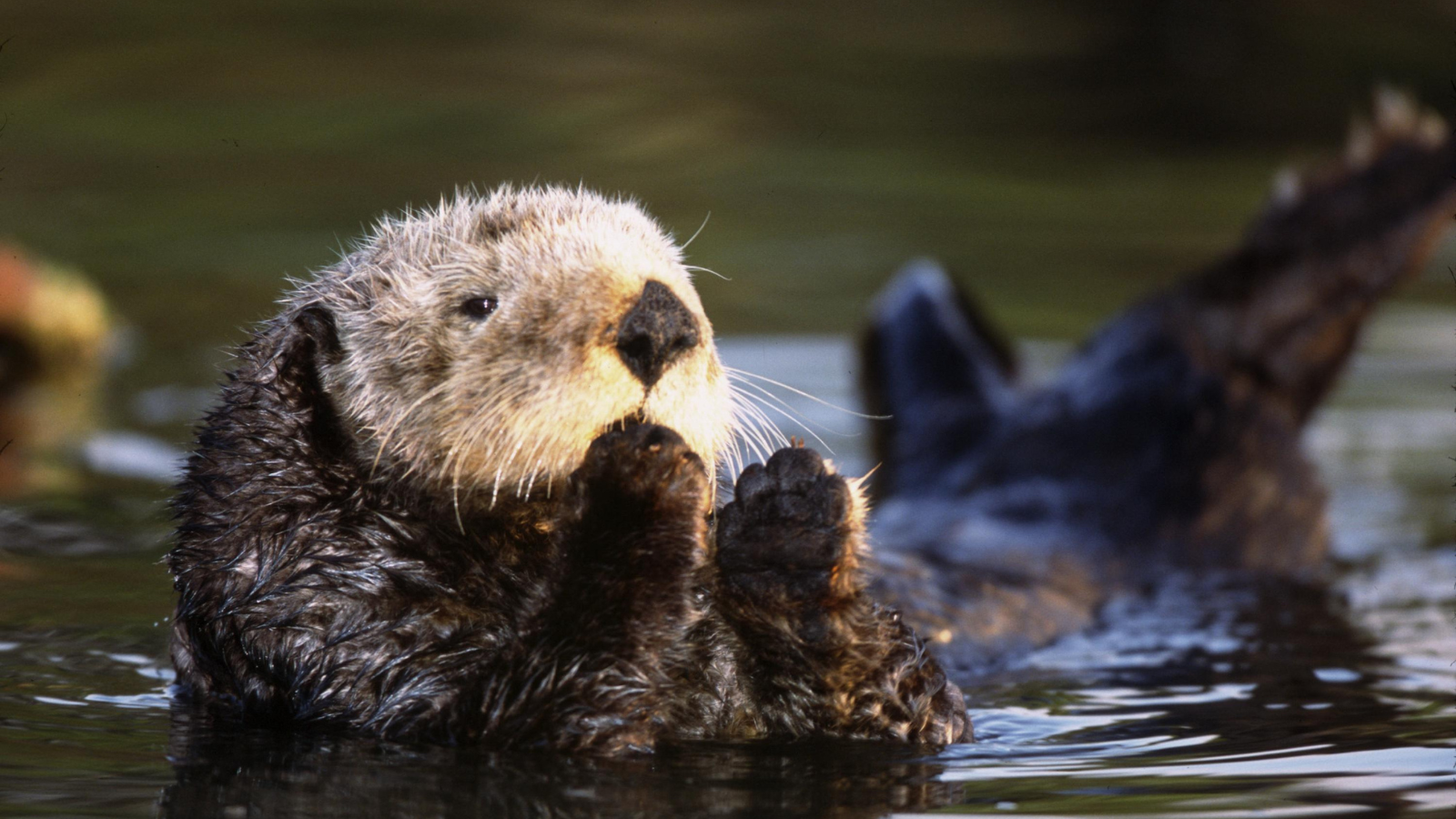
Save sea otters, protect the ocean
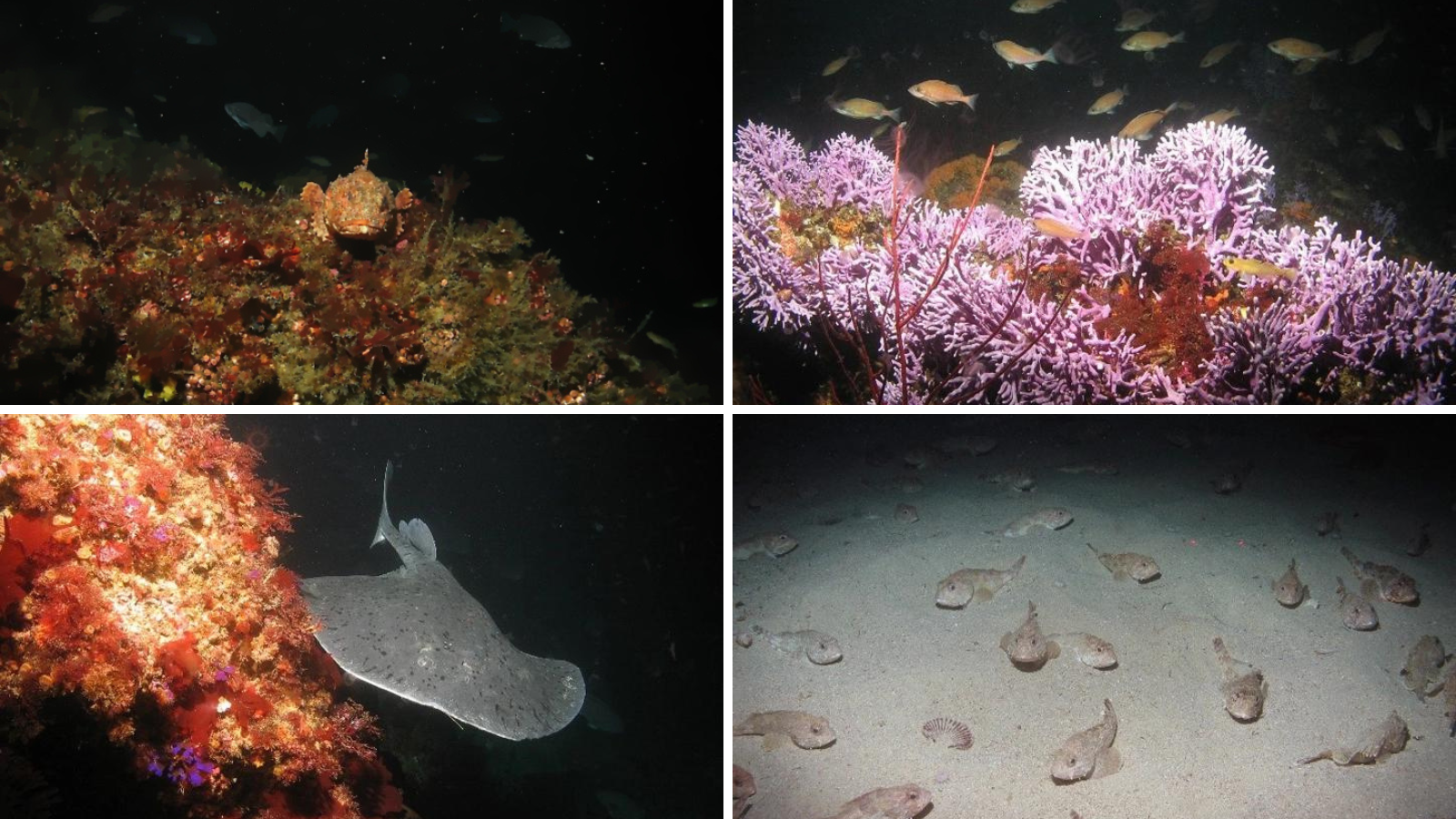
Strengthening protections for our coast’s best places


